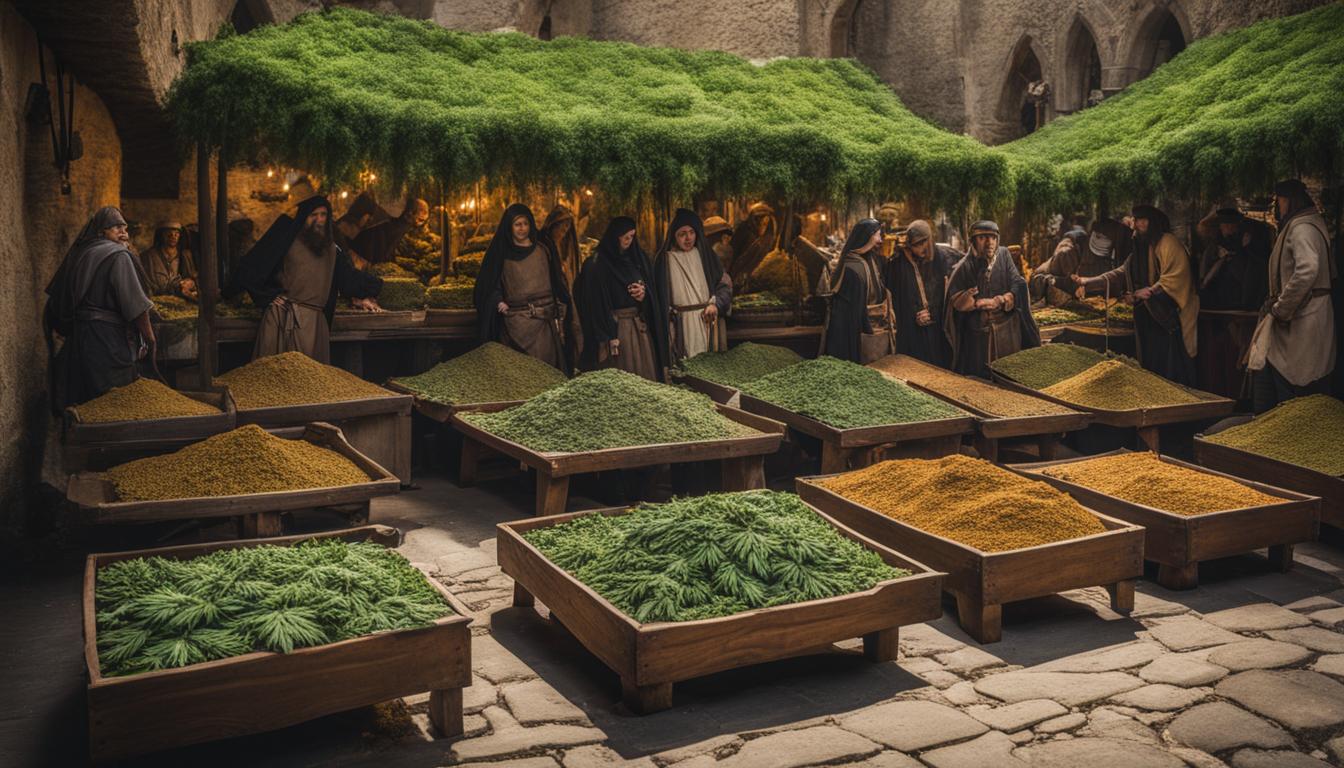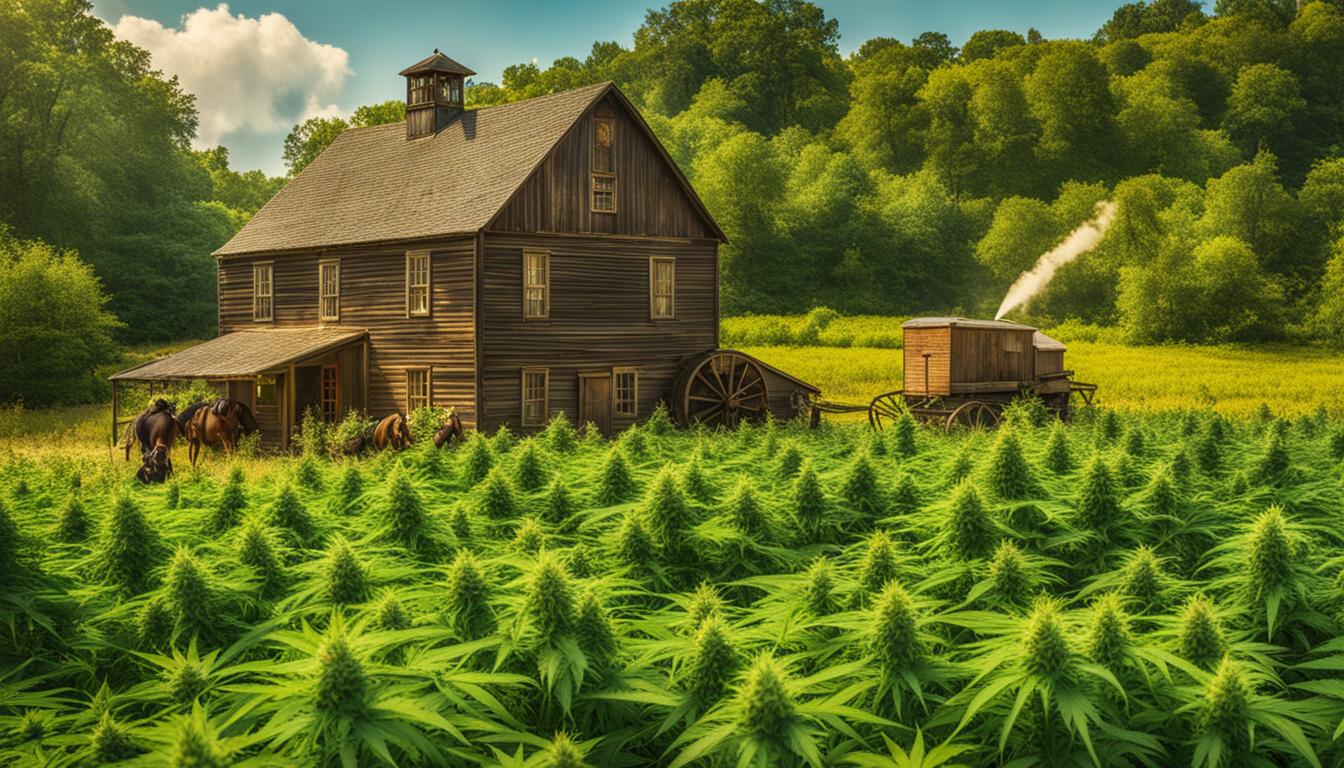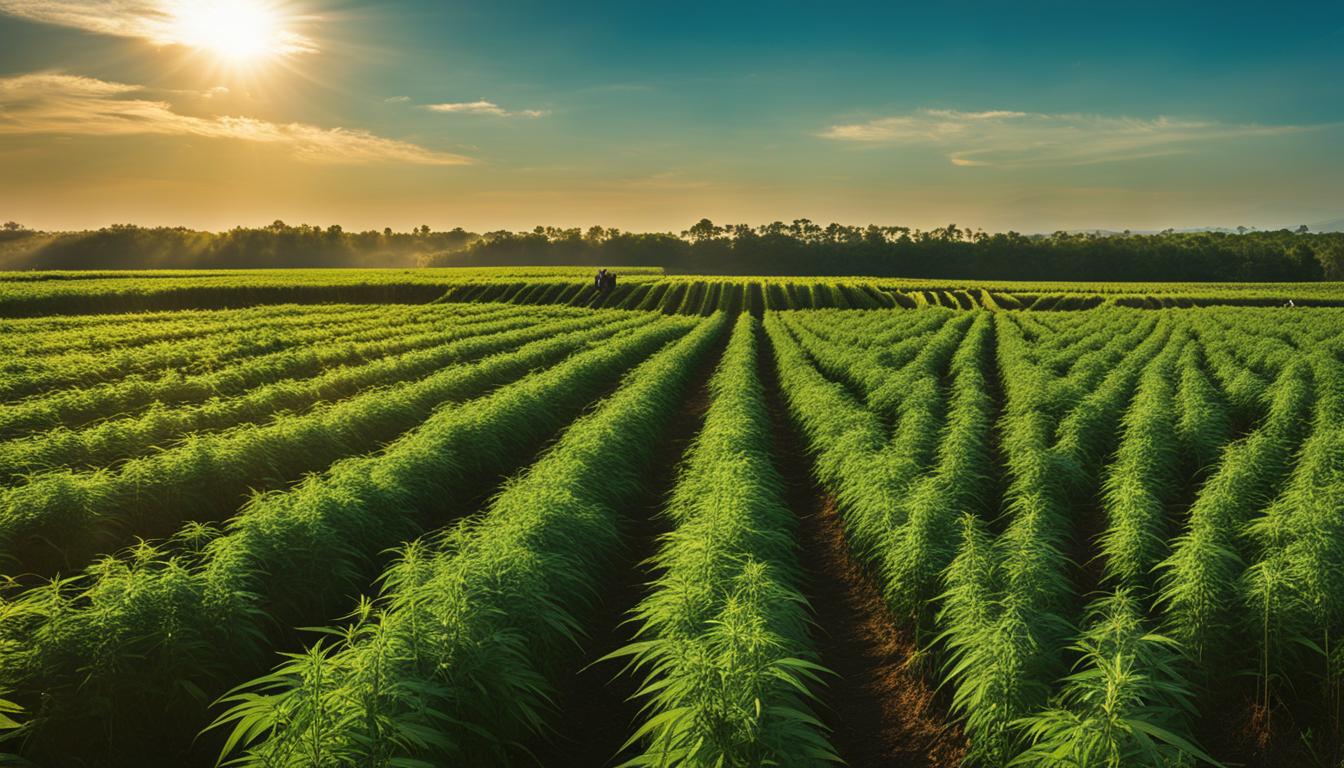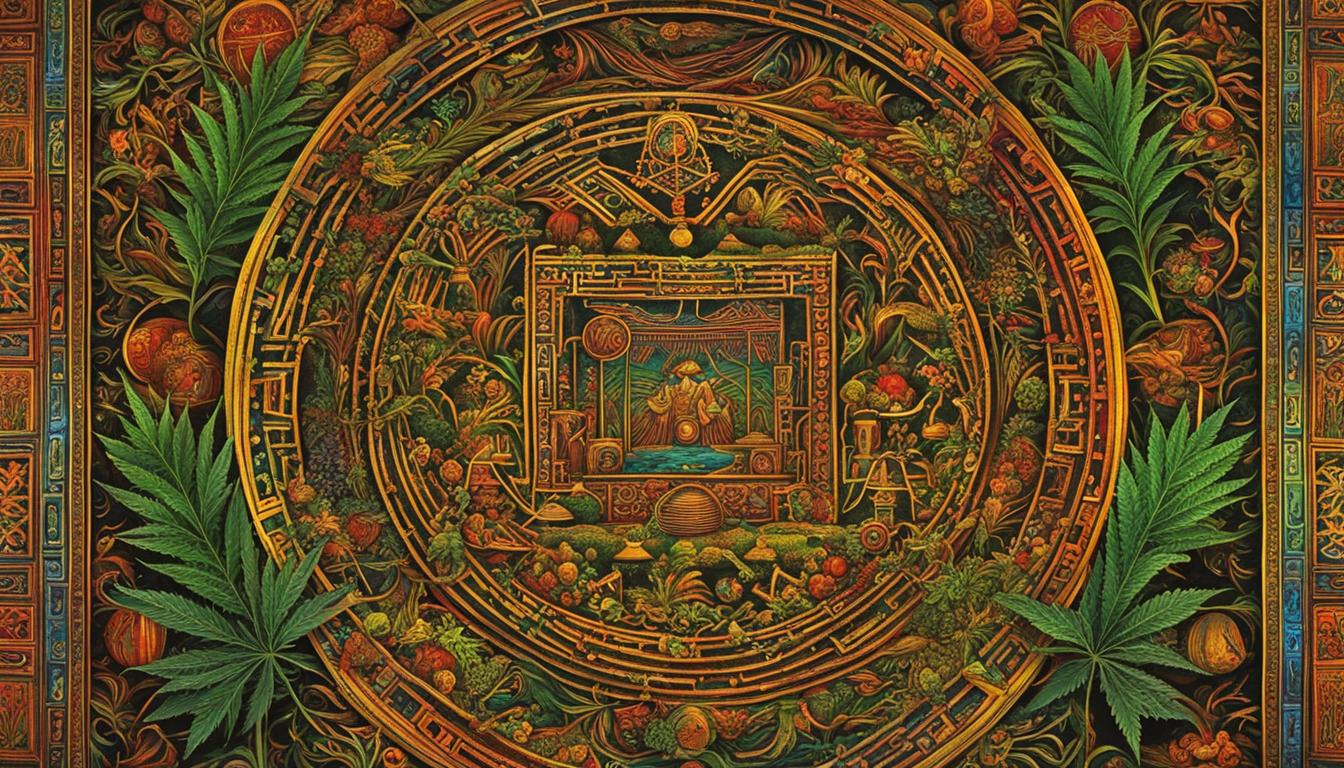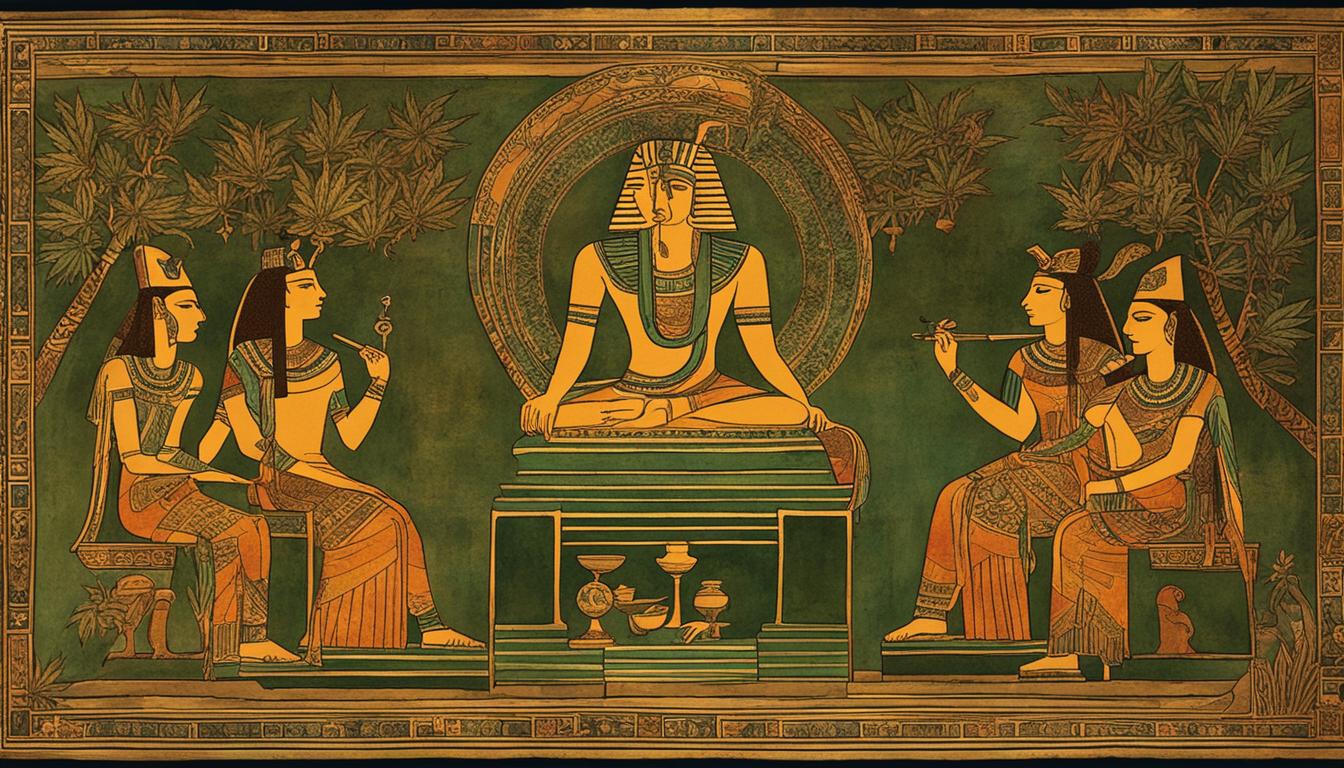What Were the Legal and Social Attitudes Towards Cannabis in Medieval Times?
Welcome to our exploration of cannabis in medieval times! In this article, we will delve into the fascinating world of medieval cannabis laws, regulations, and attitudes. Join us as we uncover the historical context surrounding the use of cannabis in this era.
During medieval times, cannabis had a different role in society compared to today. Rather than being widely known for recreational use, it was primarily utilized for medicinal purposes and as a raw material for various industries. The cultivation of cannabis for hemp fiber was widespread, contributing to the economic activities of the time.
However, the smoking or consumption of cannabis for recreational purposes was largely unknown in medieval Europe until immigrants, particularly Mexicans, introduced it in the early 20th century. Before this introduction, cannabis and its usage were not socially accepted or widely understood.
In our journey through this historical context, we will examine the legal status of cannabis in medieval times, its medical and therapeutic uses, as well as the perception of cannabis in medieval society. Follow along as we shed light on this captivating aspect of history!
The Legal Status of Cannabis in Medieval Times
In medieval times, the legal attitudes towards cannabis varied across different European countries. While cannabis was not specifically addressed in the legal codes or regulations of most countries, there were instances where its use was explicitly prohibited or regulated. For instance, in the Byzantine Empire, cannabis was listed as a controlled substance, and its use was strictly prohibited. Similarly, in England, the possession, cultivation, or sale of any “noxious and evil weeds” was considered a crime, although cannabis itself was not explicitly mentioned in the laws.
These examples highlight the generally negative perception of cannabis in medieval society. The substance was associated with vice and immorality, and its usage was often viewed as a threat to social order and religious values. The religious authorities, such as the Church, condemned the use of cannabis due to its potential to induce altered states of consciousness and hinder spiritual enlightenment.
While the legal status of cannabis in medieval times was not as extensively defined as it is today, the negative attitudes towards the substance laid the foundation for the restrictive cannabis regulations that emerged in later centuries.

Table: Examples of Cannabis Regulations in Medieval Times
| Country/Empire | Regulation |
|---|---|
| Byzantine Empire | Cannabis listed as a controlled substance, strict prohibition |
| England | The possession, cultivation, or sale of any “noxious and evil weeds” considered a crime |
| France | Not specifically regulated, but cannabis usage generally viewed negatively |
The table above provides a snapshot of the variation in cannabis regulations during medieval times. It is worth noting that these regulations were not comprehensive or uniformly enforced, highlighting the ambiguity surrounding the legal status of cannabis during this period.
The Medical and Therapeutic Uses of Cannabis in Medieval Times
In medieval times, cannabis played a significant role in the field of medicine and was esteemed for its diverse therapeutic properties. Physicians and herbalists of the era recognized its potential in addressing various physical and mental ailments, making it a prized substance in the medical practices of the time.
The utilization of cannabis for medicinal purposes in medieval society was primarily driven by its analgesic properties. It was employed to alleviate pain and inflammation, making it a valuable tool in the treatment of conditions such as arthritis and injuries resulting from physical labor. Furthermore, cannabis was administered as an anesthetic during surgical procedures, providing patients with much-needed relief during complex interventions.
Beyond its analgesic effects, cannabis also held promise in the realm of mental health. It was used to treat mental disorders, offering potential relief for individuals struggling with conditions such as anxiety and depression. However, it is important to note that the understanding of mental health and its treatment in medieval times differed significantly from modern practices, and the utilization of cannabis for these purposes was limited in scope.
Additionally, cannabis had cultural and religious significance in some medieval societies. It was incorporated into religious ceremonies and rituals, reflecting its importance in spiritual and cultural contexts. These cultural practices often highlighted the sacred and symbolic nature of cannabis, further solidifying its role in medieval history.
The Medicinal Uses of Cannabis in Medieval Times
A table showcasing the various medical applications of cannabis in medieval times:
| Medical Condition | Treatment |
|---|---|
| Pain and Inflammation | Alleviation of pain and reduction of inflammation |
| Mental Health Disorders | Treatment of anxiety, depression, and other mental health conditions |
| Surgical Anesthesia | Administration as an anesthetic during surgical procedures |
The medical and therapeutic uses of cannabis in medieval times exemplify the historical importance and relevance of this plant. Although its societal acceptance was limited, cannabis played a crucial role in alleviating pain and aiding in medical interventions. By understanding its past applications, we can gain valuable insights into the cultural and medical practices of medieval society.
Perception of Cannabis in Medieval Society
In medieval society, the prevailing attitudes towards cannabis were deeply rooted in suspicion and moral condemnation. The substance was widely regarded as a mind-altering drug that could lead individuals down a path of vice and immorality. The Church, in particular, condemned the use of cannabis due to its potential to induce altered states of consciousness and hinder spiritual enlightenment. As a result, cannabis was not socially accepted and its usage was limited to specific medical, religious, or cultural contexts.
While the negative perception of cannabis was prevalent in medieval society, it is important to note that attitudes varied across different regions and cultures. In some pockets, there may have been alternative views towards cannabis usage. However, overall acceptance and understanding of cannabis were limited during this era.
“The prevailing attitudes towards cannabis were deeply rooted in suspicion and moral condemnation.”
Despite the negative perception, cannabis did hold some cultural and historical significance in medieval times. It was used in religious and spiritual ceremonies in certain cultures, highlighting its role in ancient traditions. However, these instances of cultural acceptance were relatively rare compared to the general negative attitudes towards the substance.
To gain a better understanding of the perception of cannabis in medieval society, it is essential to consider the context of the time. The lack of scientific knowledge and understanding surrounding the effects and potential benefits of cannabis contributed to its negative reputation. It wasn’t until much later in history that attitudes towards cannabis began to shift.
Conclusion
In conclusion, the legal and social attitudes towards cannabis in medieval times were generally negative, with the substance being associated with vice and immorality. Cannabis was primarily used for medicinal purposes and as a raw material in various industries. Its usage was restricted to specific medical, religious, or cultural contexts, and overall acceptance of cannabis as a recreational substance was limited.
The perception of cannabis varied across different regions and cultures, but it was not widely accepted or understood by medieval society as it is today. Despite its medicinal properties and historical significance, cannabis consumption was not a common practice during the medieval period.
As our understanding of cannabis evolves, it is important to acknowledge the societal and cultural factors that shaped its perception in the past. The negative attitudes towards cannabis in medieval times highlight the influence of moral and religious beliefs on public opinion. Today, we have the opportunity to unravel the complexities of this ancient plant and explore its potential benefits in a more enlightened manner.
FAQ
What were the legal and social attitudes towards cannabis in medieval times?
In medieval times, cannabis was generally viewed with suspicion and associated with vice and immorality. Its usage was restricted to specific medical, religious, or cultural contexts, and overall acceptance of cannabis as a recreational substance was limited.
Was cannabis regulated in medieval Europe?
While cannabis was not specifically addressed in the legal codes or regulations of most European countries in medieval times, there were instances where its use was explicitly prohibited or regulated. For example, in the Byzantine Empire, cannabis was listed as a controlled substance and its use was strictly prohibited.
What were the primary uses of cannabis in medieval times?
Cannabis was primarily used for its medicinal properties in medieval times. It was prescribed by physicians and herbalists for various conditions, including pain relief, inflammation, and gastrointestinal issues. Cannabis was also used in religious and spiritual ceremonies in some cultures.
How was cannabis perceived in medieval society?
Cannabis was generally viewed as a mind-altering substance that could lead to moral degradation and sinful behavior. The religious authorities, such as the Church, condemned its use as it was believed to hinder spiritual enlightenment. However, perceptions of cannabis varied across different regions and cultures in medieval times.

